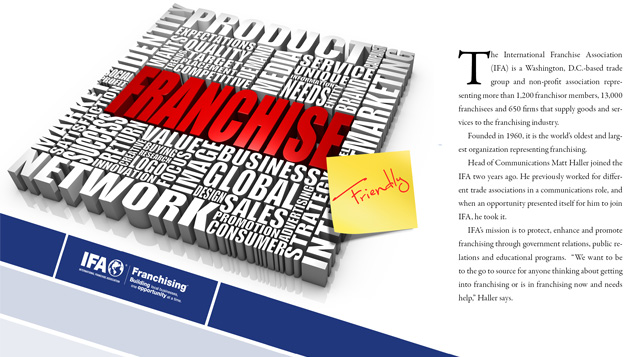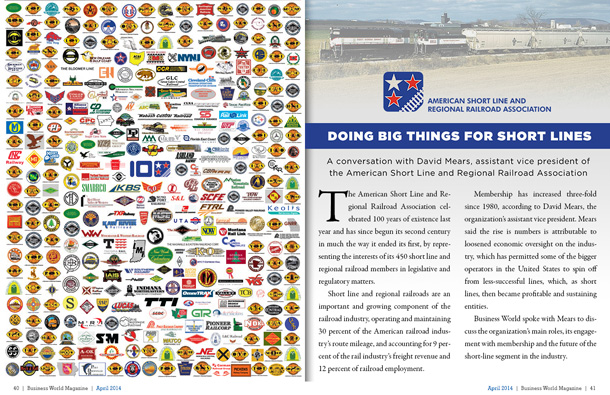
AUA Advocates Policy Reform Based on Evidence and Merit
Some industries and certain commodities continually struggle to overcome hurdles based on negative perceptions.Often, these perceptions are largely a result of a lack of accurate information on the part of the public. Sometimes too, these perceptions result from deliberate efforts to misinform and mislead the public, creating unwarranted concerns and sometimes fear. Politicians feel they need to cater to the collective and this can result in the legislation of policies that are frequently based on misconception rather than scientific evidence.The Australian Uranium Association faces the constant challenge of persuading Governments to review and assess uranium projects in a scientific manner,by treating uranium like all other minerals commodities and assessing the energy-rich metal on its merits, rather than against political criteria based on fear and prejudice.
The Australian Uranium Association was established late in 2006 when leaders of both uranium exploration and mining companies decided they needed to be better represented on policy matters if the political and regulatory climate for uranium was to improve. To that point, the industry’s Uranium Information Centre had focused purely on the collection and distribution of information about uranium, its properties and uses. The industry leaders understood that they needed a more active advocacy effort, which would take that information and use it as evidence for the type of policy reform that would result in more consistent and even-handed consideration of uranium as a valuable fuel for the world market.
“At that point there was nobody tasked with advocating for policies favourable to the uranium industry,” says the AUA’s Communication Director, Simon Clarke. “It was at that point that the industry decided to establish an advocacy body to represent their policy interests at both state and national levels.”
The AUA was established under the leadership of Michael Angwin, a long-standing policy and advocacy expert from a varied private sector and Government backgrounds who had learned much of his craft in the challenging environment of industrial relations reform in the resources sector. As the Executive Director (and now Chief Executive Officer) Michael set about building a lean organisation whose remit was to seek policy reform using research-based advocacy as its main methodology. The AUA is entirely funded by its company Members, which now counts in its numbers 36 explorers, project developers and miners. The AUA has four staff to run a challenging annual program of commissioned and in-house research, stakeholder communication and policy representation to National and State and Territory Governments. “Among our Membership, we have the companies which operate all of the mines in Australia, all of the companies with the most likely and prospective potential projects, as well as the companies with the most promising uranium deposits in their portfolios,” says Clarke.
While uranium is not an especially large industry in the country, it is nonetheless a valuable contributor to Australia’s export income, and deliversan important commodity in the world’s energy portfolio. Production and exports peaked at around 10,000 tonnes, which was valued at just under$1billion (AUD) in2008-09. Various difficulties at the two biggest mines, coupled with challenging international market conditions, have seen production levels reduce to a level between 7000 and 8000 tonnes more recently, but volumes have begun to increase again.”By virtue of being a low carbon emission fuel, the uranium industry and the nuclear energy industry that it fuels make a significant contribution to the fight against climate change,” Clarkesays.
A change in perception
The serious emergency at Japan’s Fukushima nuclear power station in March 2011 has put further downward pressure on uranium demand, but the fundamental energy security and climate change mitigation drivers of the industry remain powerful and nuclear energy continues to provide around 14per cent of the world’s electricity. It is this evidence of the energy security and carbon emission mitigation benefits of nuclear energy which are a key part of the uranium story.
“The credo of our organization is to always base our arguments on evidence and fact. We often encounter arguments against uranium mining and nuclear power that are not particularly well-based in evidence and fact,” Clarke reflects. “Our philosophy overall when arguing for policy change in cases against uranium mining or the existence of the nuclear energy industry as a whole – which many people would like to see – ?is to do our best to present powerful arguments based on clear evidence.”
Correcting the course
“There is really no room for error,” he continues, “we are dealing with controversial issues, with people’s fears. There are many concerns about radiation, the long-term management of radioactive waste and fear about the nuclear industry as a whole.”
As well as concerns about the nuclear energy industry, there are concerns -generally misplaced – about the effects on the environment of mining in general,and ofuranium mining as a sub-set of the natural resources industry. Other areas that can be controversial are the use of water and the management of the wastes produced by the processing of mineral commodities. With the overlay of nuclear issues, uranium often attracts more controversy in these areas than other commodities.
Ultimately, though, in all industries – indeed in all human experience – there is no such thing as a risk-free activity and the uranium industry’s response – expressed through the AUA – is to ensure best practice and continuous improvement are the fundamental guiding principles for all uranium exploration and mining. “We need to be able to reassure people by talking about these issues and the kinds of preventative measures we have in place,” Clarke says. “At all times we seek to implement best practice and our Code of Practice – which all of our members sign up for as a condition of their membership – commits them to continuously improve on their processes.”
Two functions, one goal
The two main strands of AUA and uranium industry philosophy can be summed up as excellence in business practice and evidence-based advocacy. The two planks interact and inform each other. The AUA is not a trade association; it provides no other services to its uranium company members than the communication and policy advocacy work aimed at streamlining Government review, approval and regulatory frameworks around the country.
This is a fundamental strength of the AUA;that it is the only organisation representing the policy interests of the uranium industry and no-one else. For general representation on mining industry issues – like the Mineral Resources Rent Tax,some of the AUA’s Members rely on the Minerals Council of Australia or the Association of Mining and Exploration Companies (AMEC) featured in the previous edition of this publication. The AUA enjoys strong, collaborative relationships with AMEC, the MCA and with the various State Chambers of mines.
It is through this intimate knowledge of the industry and the exclusive policy support the AUA offers that has enabled the Association to win coverage of virtually all the important players in the uranium sector, both in Australia and those operating overseas from an Australian base. The Membership includes BHP Billiton, operator of the Olympic Dam uranium, copper, gold and silver mine in South Australia; Energy Resources Australia, operator of the biggest uranium producer in Australia, the Ranger Mine in the Northern Territory, and Heathgate Resources, which operates the third operating mine, Beverley, also in South Australia. The facility that will become Australia’s fourth mine, Honeymoon in South Australia, is owned by AUA Member Uranium One, which hopes to have the mine in production by the end of this year. Paladin Energy, which operates two mines in Africa from its Australian base, is another important Member of the AUA.
AUA Members own and are developing as many as 12 projects in Western Australia as well: the Northern Territory, South Australia and Queensland that could see as much as $2 billion (AUD) invested during the next decade.
And with a considerable number of junior explorers searching for commercially-viable uranium resources on greenfields sites around the country, there is significant growth capacity both in the scale of the overall uranium resource and in the value of the AUA’s member companies. The AUA will continue its work clearing the path for their development.








